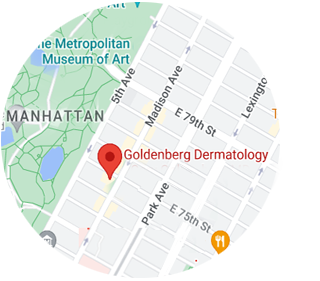
Squamous cell carcinoma (SCC) is the second most common type of skin cancer, after basal cell carcinoma. These cancers arise from pre-cancerous growths known as actinic keratosis. These cancers are more commonly seen in light skin individuals with a history of chronic sun exposure. Although SCC usually has a low chance of spreading, these tumors can spread if left untreated for long period of time, in patients with abnormal immune systems, and in certain locations, such as ears and lips.
CA– USES OF SQUAMOUS CELL CARCINOMA
The greatest risk factor associated with squamous cell carcinoma is cumulative exposure to ultraviolet radiation (UV) over a lifetime. UV light comes from the sun and artificial sources such as tanning beds. Individuals with fair skin are more susceptible to squamous cell carcinoma. Other factors, such as chronic skin inflammation and infection and immune deficiency or suppression from medication increase the risk of squamous cell carcinoma.
Signs and Symptoms of Squamous Cell Carcinoma
Most frequently seen in parts of the skin that have been exposed to the sun – the face, neck, scalp, hands, shoulders, arms and back, for example – squamous cell carcinoma can occur on all areas of the body, including mucous membranes and nails. Some symptoms of squamous cell carcinoma include:
- Red bumps or plaques. Squamous cell carcinoma often appears as persistent rough, scaly bumps that grow or bleed.
- Open sores. Ulcerated sores with raised borders may be associated with squamous cell carcinoma. These sores can be often be found on nose and can present on nails.
- Fever
- Elevated growth with central depression. This type of growth can grow quickly and can appear in a variety of areas, notably on the lips.
- Wart-like growth. These crusting and occasionally bleeding growths can be a common sign of squamous carcinoma, especially when found on the ears.
Treatments for Squamous Cell Carcinoma in New York City
When detected and treated at an early stage, squamous cell carcinomas are often curable and will not cause ongoing harm. However, if squamous cell carcinomas are not removed promptly, they can penetrate underlying tissues, causing further damage. Some common treatment options include:
- Surgical excision. A common procedure, surgical excision involves the removal of abnormal tissue along with a band of neighboring healthy skin tissue (margin). For primary tumors, the success rate is high.
- Mohs surgery. In this procedure, the layers of the squamous cell carcinoma are progressively removed until only non-cancerous, normal tissue remains. This careful procedure can spare the greatest amount of healthy tissues. Mohs surgery is often used to address cancers that have recurred or are in difficult-to-treat areas around the eyes, nose, lips, ears, neck and hands.
- Curettage and Electrodesiccation. In this procedure, the cancerous growth is scraped off with a sharp instrument called a curette. Additionally, burning heat is used to destroy leftover abnormal tissue and control bleeding. Generally used for small lesions, this technique is effective in treating high-risk or difficult areas, such as the eyelids, lips and ears.
- Non-surgical treatments. Other treatments, such as topical medications and radiation therapy may be used to address squamous cell carcinoma. Generally restricted to use on premalignant and in situ (not invasive) lesions, topical medications can have a toxic effect on cancerous tissue. In rarer cases, some squamous cell carcinomas do not respond to surgery. Less frequently, some squamous cell carcinomas cannot be treated surgically and require radiation therapy and/or chemotherapy.











